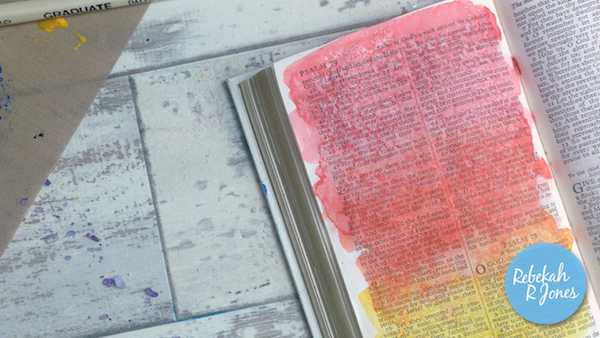



The Bible is one of the oldest and most important books in the world. It has been translated into many languages and printed in countless editions. One of the most striking characteristics of the Bible is the thinness of its pages. Many people wonder why the pages of the Bible are so thin. In this article, we will explore the surprising answer to this question.
To understand why Bible pages are so thin, we need to look at the history of paper. Paper was invented in China around 105 AD. At first, it was made from mulberry bark, hemp, and other plant fibers. The paper was thick and rough, and it was used mainly for wrapping and padding.
Over time, papermaking techniques improved, and paper became thinner and smoother. By the 14th century, paper was being used for books and documents. The invention of the printing press in the 15th century made books more widely available, and paper became even thinner and more affordable.
Thin paper has several advantages for use in books:
The Bible is a long book, with many pages of text. Using thin paper allows for a smaller, more compact book. This makes it easier to carry and store, especially for people who travel or move frequently.
Another reason the Bible uses thin paper is that it is less expensive to produce. The Bible is a widely distributed book, and printing millions of copies can be costly. Thin paper reduces the cost of production, making the Bible more affordable for publishers and consumers.
Not all thin paper is the same. There are different types of paper used in Bibles, depending on the publisher and the edition. Some common types of thin paper used in Bibles include:
While thin paper has many advantages, it also has some disadvantages:
The pages of the Bible are thin for several reasons. Thin paper is lighter, more compact, and less expensive to produce than thicker paper. Using thin paper allows for a smaller, more affordable Bible that is easier to carry and store. However, thin paper also has some disadvantages, such as being more prone to tearing and wrinkling. Overall, the use of thin paper in the Bible is a practical and economical choice that has helped make the Bible one of the most widely distributed books in the world.
Related Posts